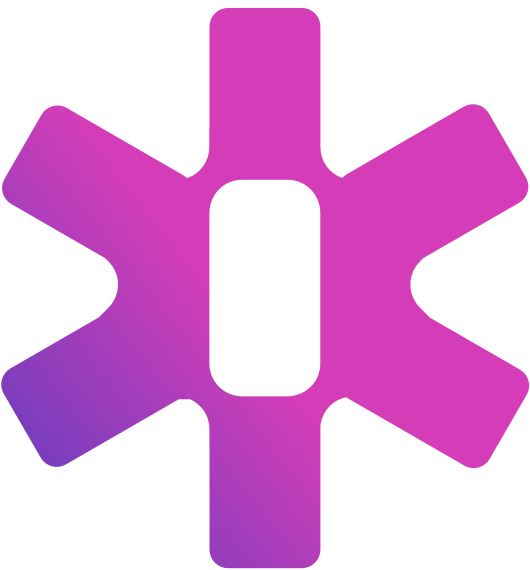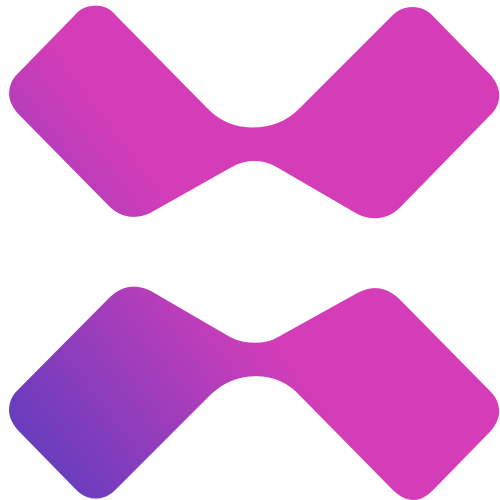AI tools are becoming indispensable for increasing productivity and efficiency in the workplace, especially Large Language Models (LLMs), which serve as interactive AI chat tools. These tools are essentially AI chat tools, where you can talk to an AI that helps you with anything you ask it to do. The most popular of these tools are ChatGPT from OpenAI and Copilot for 365 from Microsoft.

While both tools have similarities, there are also clear differences within working environments. It is crucial for IT leaders to understand these differences so that they can make informed decisions for their organisation and ensure that the most appropriate tools are used. In this blog, we will give you more information on the difference between Copilot and ChatGPT to make an informed decision.











